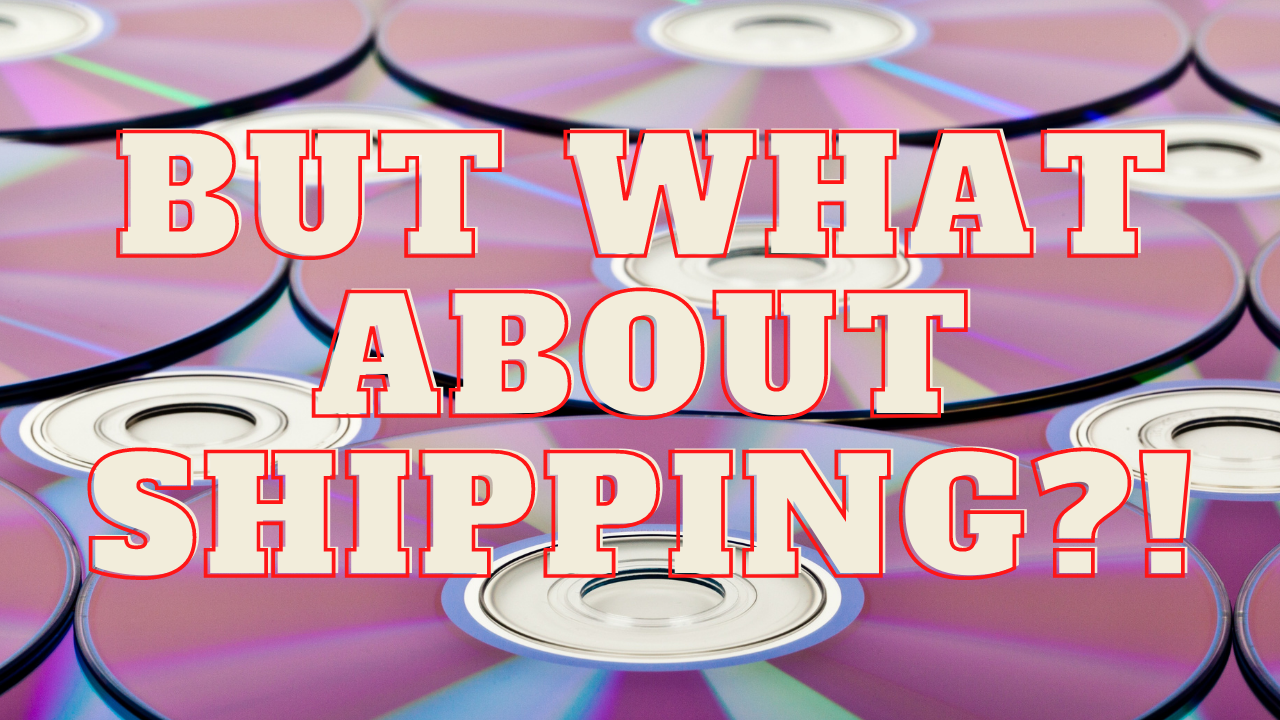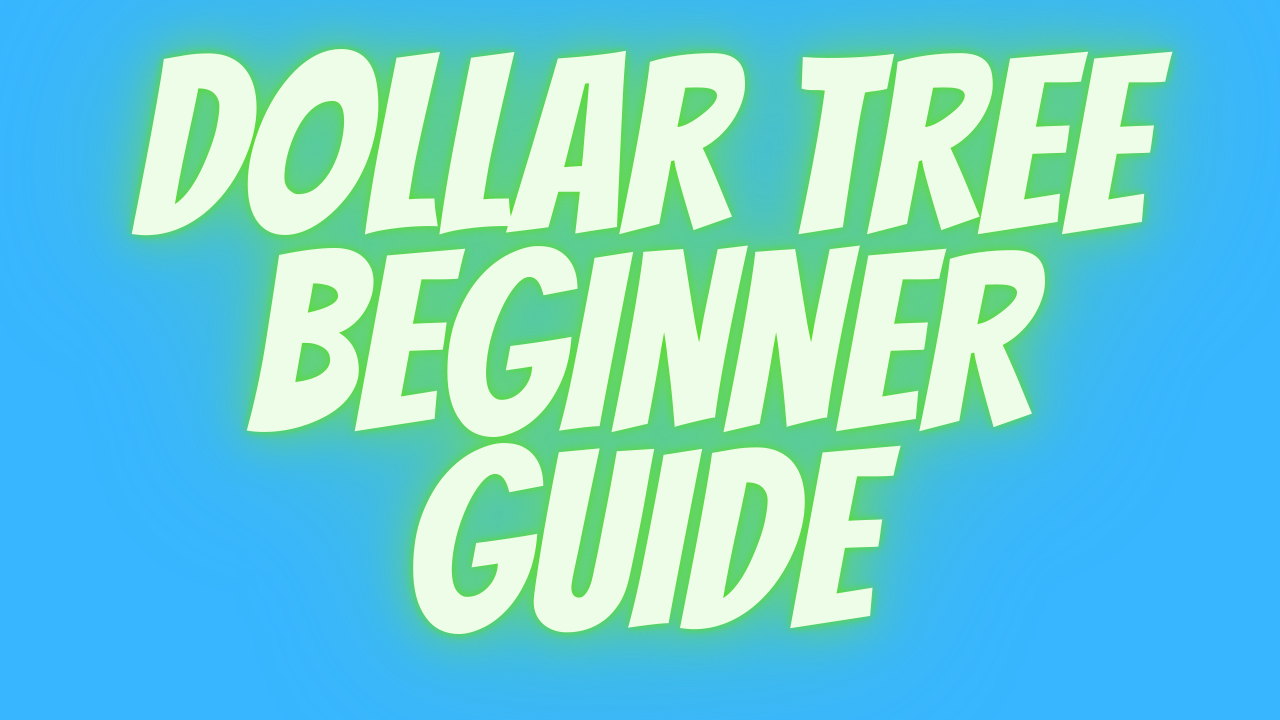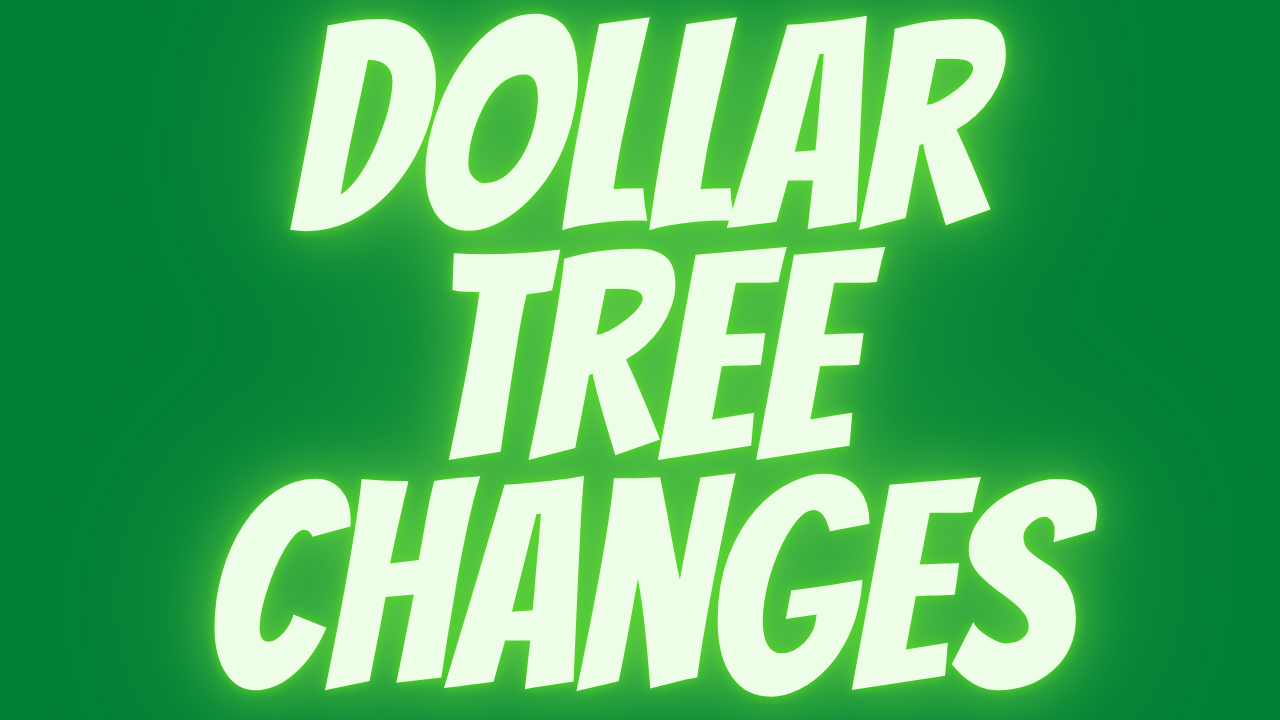But What About Shipping!? Understanding Amazon FBA Fees
When I post a video on YouTube talking about ways people can make money online from home, one of the most common comments is someone asking “what about shipping/gas/boxes/(insert some other mundane aspect of selling things online” and, instead of getting irritated by the presumption that I’m somehow misleading people, I decided to write this article so I can easily link to a more thorough explanation of what Amazon FBA is.
That’s what the root of the issue comes down to- not understanding how Amazon FBA works. A lot of people are familiar with how eBay works, and so they assume that Amazon must work exactly the same. If we were talking about Amazon FBM (where you ship out each order to the customer) then the criticisms they put forth might make sense, but Amazon FBA is a service that Amazon offers that removes a lot of the hassle (and costs) associated with shipping orders out yourself.
FBA stands for Fulfilled By Amazon. Is calling it Amazon FBA a bit redundant? Yes, but just calling it FBA would add to even more confusion amongst the uninitiated. By utilizing FBA, you are having Amazon fulfil your orders, that means they store the item, the pack the item, they ship out the item, and they handle all the customer service, all for a flat fee. This fee will vary by item, but it is always going to be relatively easy to understand.
To use an example, let’s take a video game that you are hypothetically listing. It can be any standard game in standard size case- what is standard? Just go to Walmart and look at all the games behind the glass. That’s standard. If you need me to put some numbers, down, let’s say under 8 ounces and around 7.5″ x 5.5″. For this item , you’ll pay a 15% referral fee, a $1.80 closing fee, and a $2.50 pick and pack fee.
This includes the postage, the box they ship it out in, and every other detail associated with shipping that I might be forgetting. Because, for video games, the closing fee and the pick and pack fee are fixed, some people might see $4.30 + 15% in fees on a $5 sale and say BUT AMAZON CHARGES 105% in fees!
And while that’s true in this contrived circumstance, it is merely a restriction that you need to put into consideration when pricing your games. Do some research and you will see that Amazon items are almost always more expensive than eBay items- this is because of those additional fees. As any applied economist will tell you, fees that are applied to sellers will almost always be passed on to the consumer in the form of higher prices.
If we were to sell the game for $35 instead of $5, our fee percentage drops down to about 27%, which, again, might seem like a lot to someone unfamiliar with the nuances of Amazon FBA, but, assuming you send your item out first class mail on eBay, is going to end up in about the same net profit, given how cheaply Amazon can fulfil the games verse potentially a $5 first-class mail charge.
For a $35 sale that weighs 9 oz, it would look like this:
Amazon: $25.30 Profit (25% fee + $1.80 + $2.50 + $.15 cost to ship to amazon in a box full of games that you’ve already listed at approximately $.25/lbs using Amazon’s discounted UPS rates)
eBay: between $27.12 and $26.59 (10% fee + $4.18 – $4.71 depending on the location + $0.20 for shipping supplies). I’m not going to include things like gas to the post office, because that is going to vary by person and it shouldn’t be hard to arrange your day in a way that you just drive by while running other errands.
If you live in the middle of nowhere and its 40 miles to the post office and you drive a ’97 Chevy Tahoe that gets 8 mpg, that’s your own fault and you fully knew the deal when you decided to move to BFE.
So, percentage of fees aside, you’re spending about an extra $1.50 to have amazon do all the heavy lifting. There’s also the Amazon storage fee, but for video game, it’s going to be a penny or two. To be totally clear, it’s by the cubic foot and, for the months of Jan – Sep, it’s $0.48/cubic foot, and for Oct-Dec, it’s $1.20/cubic foot.
A cubic foot is 1,728 Inches cubed, and a standard sized video game will take up about 27 inches cubed. That means 64 video games fit into one cubic foot, so you’re either paying $0.0075 (.75 cents) per month or $0.01875 (1.875 cents) per month per game. This is prorated for how long it is stored, so it might even be les. Once your items are stored for 365 days, the prices go up considerably, but I do not recommend people store inventory for that long, nor do I recommend people send in inventory that is unlikely to sell in 365 days. Even if your game take 364 days to sell, you’re still only paying 13.5 cents for the first year to store the game.
So that’s what I have to say when people ask me “what about shipping/storage/boxes/whatever”. It is probably a marginal cost that doesn’t warrant writing off Amazon FBA, but if you want to avoid making more money because of an aversion to fees, be my guest. But if I HAVE convinced you to begin selling on Amazon using FBA, here’s an article about how to make your first Amazon FBA shipment.





I have refrained from becoming a seller because all the finer details have been a complete mystery and I am super frugal and not wanting to invest only to end up with a ton of crap I couldn’t sell.
You are such a an amazingly kind generous soul to break it all down so even a 5 year old could begin earning extra income… Thank you so very much!!! Merry Christmas to you and All whom you Love